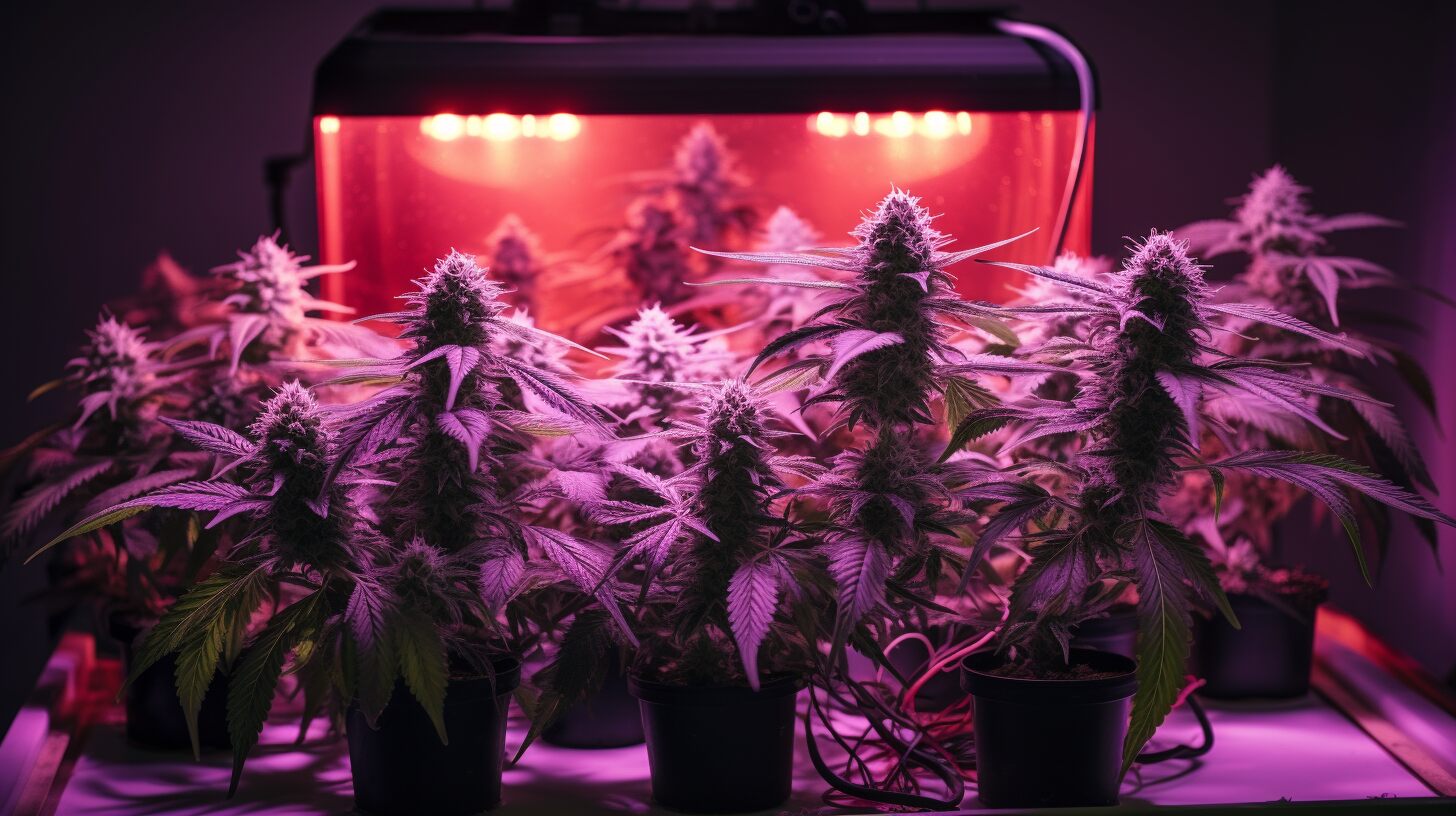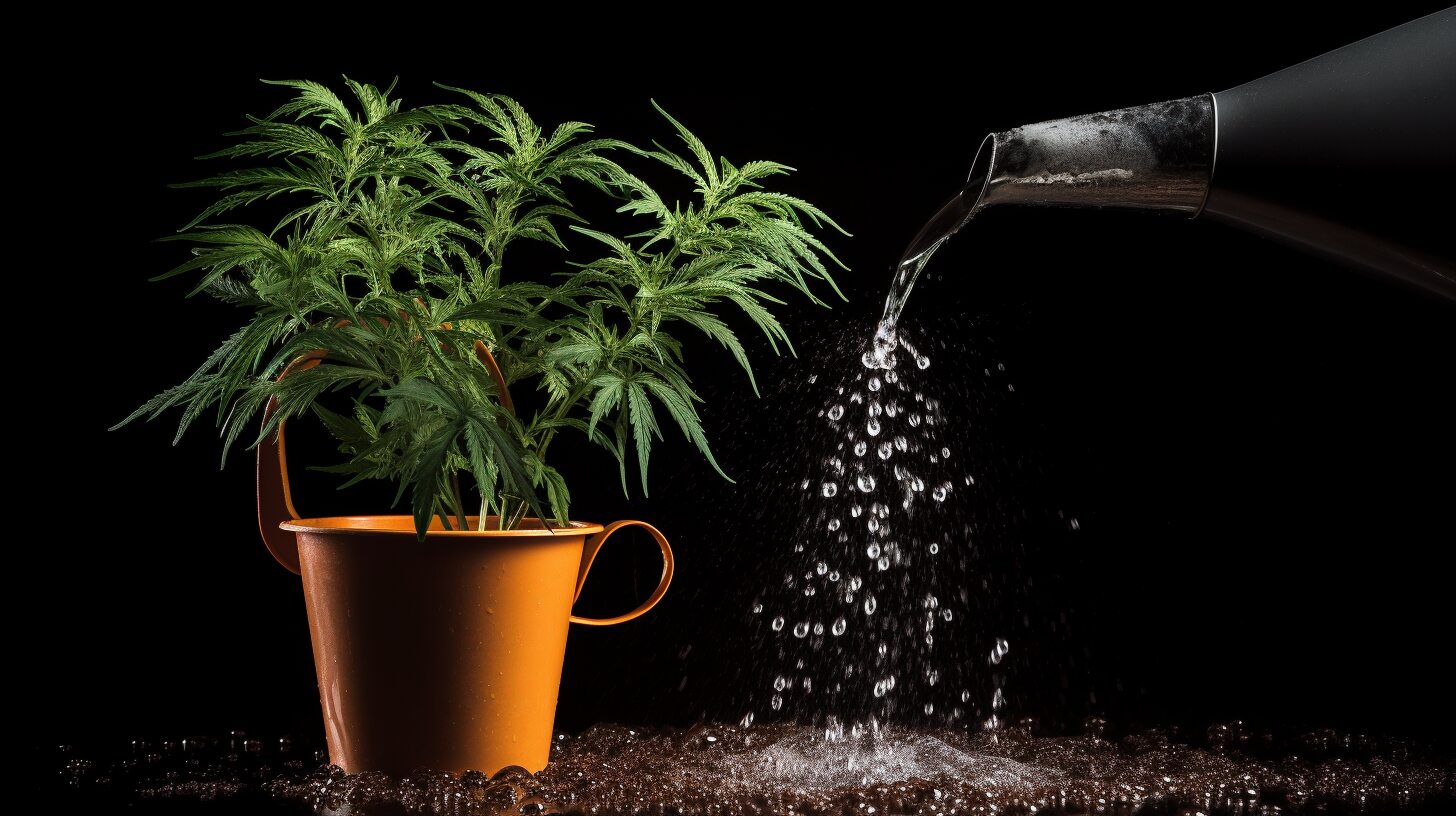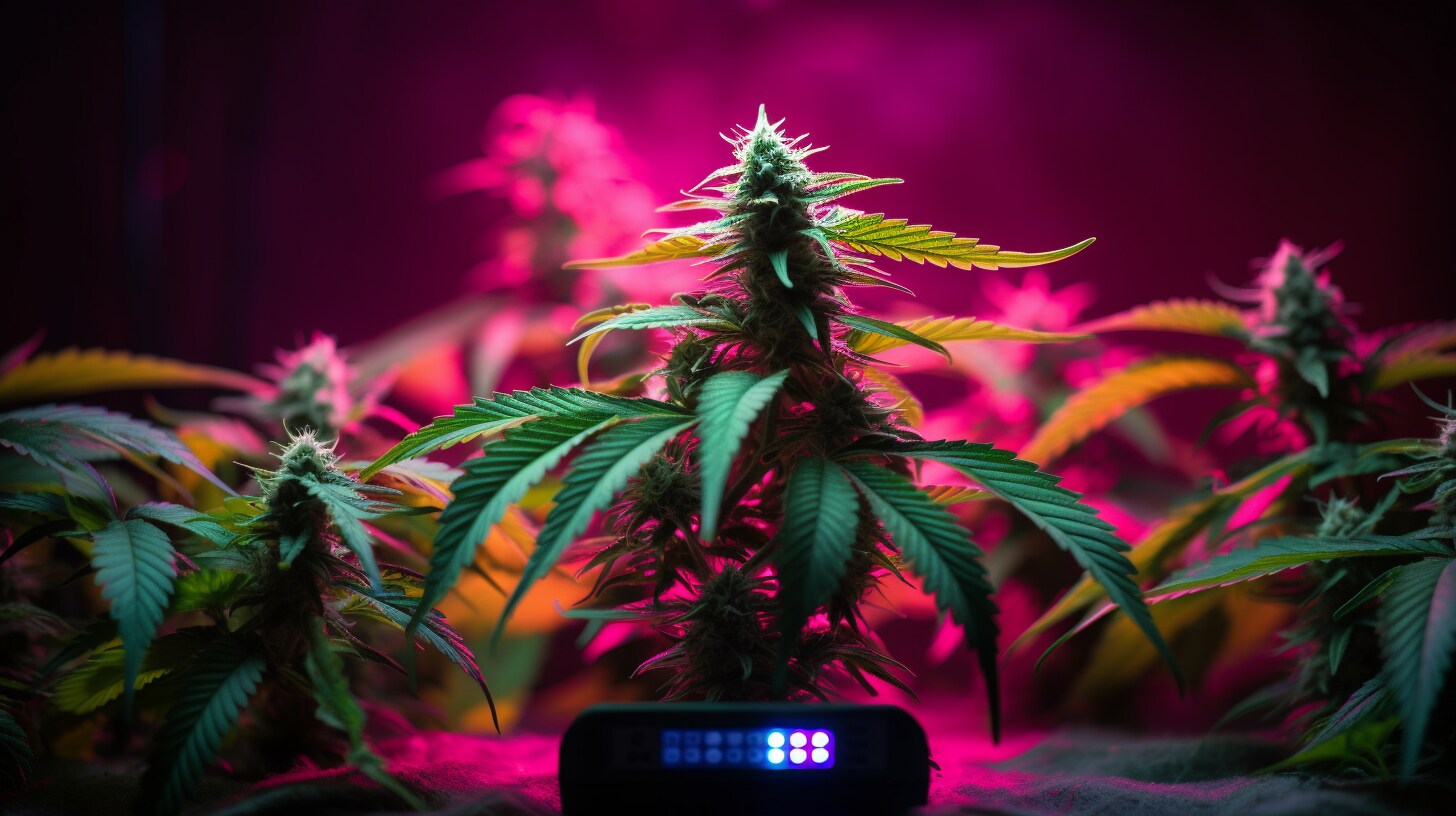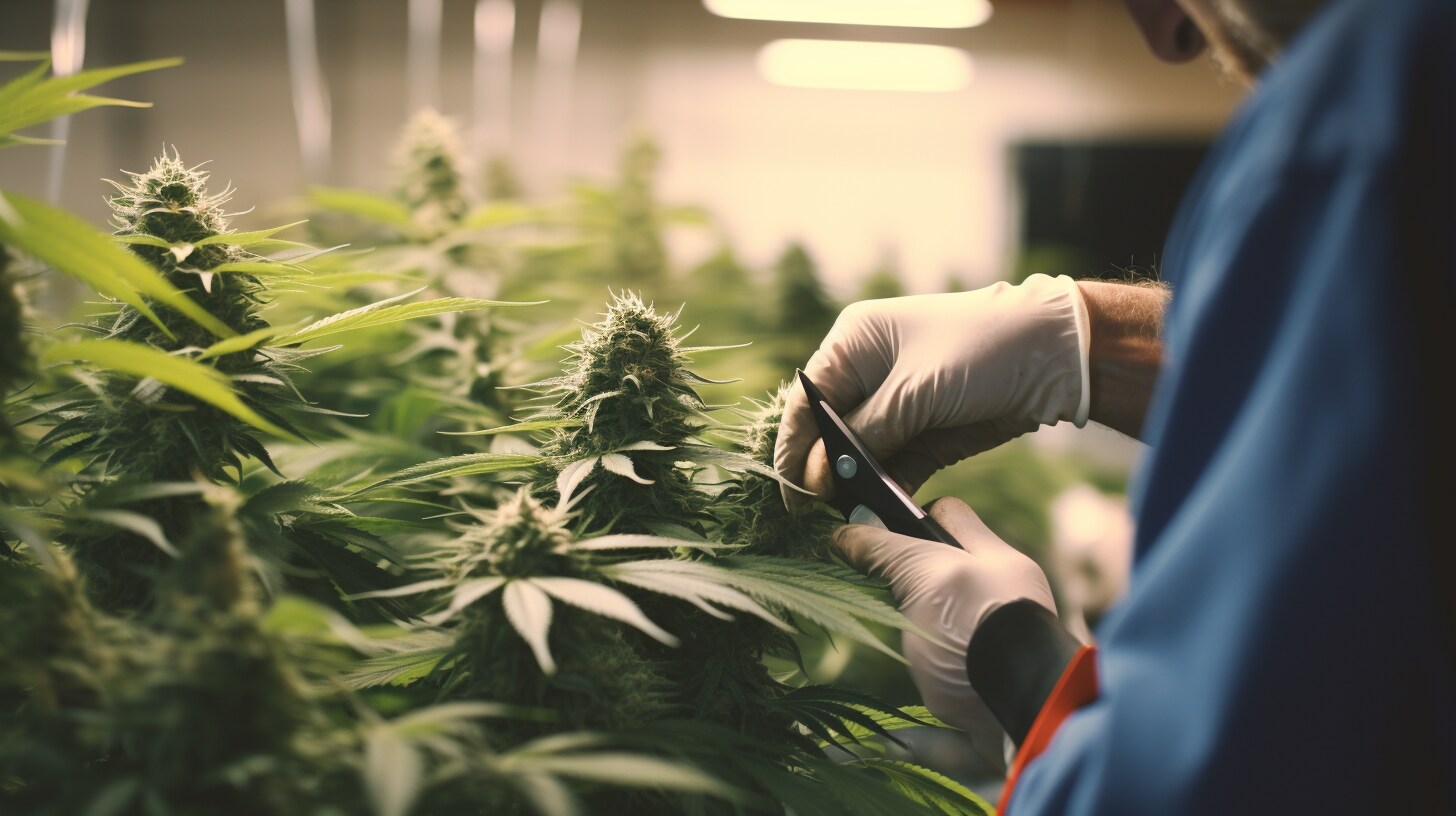How To Get Big Buds on Autoflower
Autoflowering cannabis strains are becoming more and more popular among marijuana growers. Autoflowering seeds are easy to grow and generally produce a smaller yield than traditional photoperiod strains. However, they have one major benefit over photoperiods - they can be grown almost anywhere!
Autoflowers don't need a dark period to flower, making them much easier to grow indoors or outdoors. Furthermore, auto-flowering plants tend to mature faster than their photoperiod counterparts, meaning that you can get your buds ready in a shorter amount of time.
Another great benefit of growing autoflower strains is that they often produce bigger buds than regular photoperiod plants. This is because autoflowers typically have more nodes on their branches due to their faster growth cycle, which allows them to create larger flowers.
Additionally, autoflowering marijuana plants tend to stay short and stout, so the weight of their buds won't pull down the branches. This means that you can get big buds without having to worry about any structural damage being done by the weight of the flowers!
Tips To Get Bigger Buds On Autoflower
Autoflowers are an excellent choice for growers who want to get big buds in a short amount of time. Autoflowers produce buds that can be ready to harvest in just 8-10 weeks, making them one of the fastest-growing healthy plants around.
However, many autoflowering seeds don’t produce huge buds compared to regular photoperiod flowers. If you’re looking to get bigger buds out of your autoflowering grow, there are some simple tips and tricks you can use.
Never Repot
Never repotting your autoflowering plant is an essential step for any serious grower. Repotting an autoflower can be damaging to the roots, as the delicate root system can be easily disrupted by the process of moving it from one pot to another. Autoflowers should remain in their original pot throughout the entire life cycle, as this helps ensure that they stay healthy and get enough nutrients and water.
In addition, never repotting helps keep your plants stress-free which leads to bigger buds. When you move a plant from one pot to another, it stresses them out since they are not used to the new environment and have to adjust accordingly. This can stunt bud growth and prevent your plant from reaching its full potential.
Choose a Nice, Large Pot
Choosing the right pot for your autoflowering plant is a critical step in your growing process. Autoflowers are known to produce bigger buds, so you must pick a pot that will provide them with enough space to do so. When selecting a container, make sure it has plenty of drainage holes and is at least 18 inches in diameter.
The larger the pot, the better as this will give your plant more room to grow and reach its maximum potential. Additionally, you should use high-quality soil to ensure that your plants have all of the nutrients they need for optimal bud growth.
Finally, using an appropriate-sized container will help ensure that your roots don’t become root-bound as this can cause nutrient deficiencies and stunt bud growth. By following these simple steps, you can ensure that your autoflowering plant produces big buds every time!
Select an Airy Growing Medium
When growing autoflowering plants, selecting an airy growing medium is key for producing big buds. Airy soil allows for maximum oxygen and nutrient uptake, resulting in larger bud sizes and overall healthier plants. Additionally, an airy substrate helps promote aeration for the roots, which further increases nutrient absorption.
To achieve this goal, choose a potting mix that is light and well-draining. If you are unable to find a suitable pre-made mix, try making your own by combining equal parts of perlite, vermiculite, and coco coir. This will create a fluffy yet moisture-retentive environment perfect for autoflowers.
However, remember to check the pH levels of the final product before planting as having too much or too little acidity can result in poor bud growth. By ensuring that your plants have the right growing medium, you can ensure large yields every time!
Prevent Overwatering
Overwatering is one of the most common mistakes when growing autoflowering plants. It causes roots to drown, preventing them from taking in oxygen and nutrients and leading to stunted growth and poor yields. When watering, always check the soil before adding any water. If it feels dry, then your plant needs more moisture.
However, if it feels damp or cool to the touch then it is likely that you don't need to water yet. Additionally, be sure to avoid using a hose or sprinkler as this will deliver too much water at once which can overwhelm the root system.
Instead, use a watering can with small holes in the nozzle so that the water is delivered slowly and evenly throughout the soil. With these tips in mind, you can ensure that your plants get exactly what they need without risking over-watering them!
Do Not Feed at The Start of The Growth Phase
When growing autoflowering plants, it's important not to feed them at the start of the growth phase. This is because the plants are still establishing their root system and won't be able to absorb any nutrients until they've done so.
Feeding the autoflowers too early can cause nutrient burn, which will stunt the plant's growth and lead to poor yields. Instead, wait until the first true leaves appear before you start adding fertilizer. At this stage, use a low-nitrogen fertilizer with an NPK ratio of 3-1-2 or 4-2-3 as these will help your plant establish strong roots.
Be sure to keep an eye on your plants and adjust the fertilizer levels according to their needs as they grow. With these tips in mind, you can ensure that your autoflowering plants have all the nutrition they need for healthy and abundant yields!
Do Not Give Bloom Fertilizer Until The Autoflower Stops Growing
Autoflowering plants have different nutritional needs than their non-autoflowering counterparts, and one of the most important things to remember is not to give them bloom fertilizer until they stop growing.
Bloom fertilizers are high in phosphorus, potassium, and other nutrients that can be beneficial for flowering plants, but can be too strong for autoflowers. When applied too early, these nutrients can stunt the plant's growth or even cause nutrient burn.
Therefore, it's best to wait until the plant has stopped growing and has begun producing buds before applying any bloom fertilizer. This will ensure that your autoflower gets all the nutrition it needs for big and healthy buds without any adverse effects.
Go For a Sea of Green Setup
A Sea of Green (SOG) setup is a great way to maximize the yield from your autoflower plants. This growing method involves planting multiple smaller plants, rather than one large plant, in a single container or space.
This allows you to get more buds out of each square foot of the grow room by increasing the number of flowers that can fit in the same amount of space. The key to a successful SOG setup is to ensure that all of your plants have adequate light and room for their roots to spread out and access nutrients.
When done correctly, this method can lead to significantly bigger buds compared to traditional growing techniques and will help you get the most out of your autoflower strains!
Optimal Environmental Conditions
Optimal environmental conditions are essential for autoflower plants to produce healthy, big buds. Temperature should be kept between 21°C and 27°C during the day, and cooler temperatures at night. Autoflowers need plenty of light, so use a strong grow light with an appropriate wattage for your grow area.
High-quality LED lights are ideal as they provide efficient energy use and have adjustable output levels to tailor the light quality to your specific needs. Finally, it is important to keep the humidity level between 40% and 60%, as too much or too little can negatively affect your plants’ growth.
Proper watering techniques are also important as overwatering can lead to root rot or nutrient deficiencies. With these optimal environmental conditions in place, you should be able to get some impressive results from your autoflower plants!
More: Lighting Schedules for Autoflowering Cannabis.
Make Sure The pH is Balanced
It is important to keep the pH of your water and essential nutrients balanced for optimal bud growth in autoflower plants. The ideal pH range for most autoflowers is between 6.0 and 7.0, but this can vary slightly depending on the strain.
Monitor the pH regularly with an accurate digital meter or test kit and adjust if necessary. If the pH gets too low, you can add a small amount of dolomite lime to increase it to the desired level. Conversely, if it's too high, try adding a few drops of vinegar or lemon juice to lower it back down.
Make sure that any additives are thoroughly mixed into the water before measuring the pH again. With a balanced pH, your autoflower plants will get all of the proper nutrients they need from their soil or hydroponic system and produce big buds!
Take Care With The Lighting
Lighting is an essential part of growing autoflower plants. Too little light can stunt their growth, leading to small buds and low yields. Conversely, too much light can cause the entire plant to become heat-stressed and produce lower-quality buds. Aim for 18-24 hours of light a day during the vegetative stage, and 12-18 hours of light a day during the flowering stage.
Make sure to position your lights properly so that they are evenly distributed throughout the canopy and keep them at least 24 inches away from the tops of the plants to prevent burning or other damage. With proper lighting, your autoflowers will have no trouble producing big buds!
More: Can You Clone Autoflower?
Other Tips to Get Bigger Yields on Autoflowers
Regularly checking the pH levels of your soil or hydroponic solution is essential for getting optimal yields from autoflowering cannabis plants. The ideal pH range for marijuana plants is 6.0-7.0, so make sure to check and adjust as necessary to ensure that your plants can uptake nutrients efficiently.
Additionally, monitoring growth rates and lateral growth can help you identify and address problems quickly before they become too serious, such as nutrient deficiencies or pest infestations. Pruning leaves can also be beneficial for autoflowering cannabis plants; by removing some of the fans leaves to increase light exposure and airflow, you can promote dense flowers with bigger yields!
Plant Training Methods to Maximize Yields
Plant training is an important aspect of growing cannabis that can help maximize yields. Low-stress training (LST) is a method of guiding the growth of your plants by manipulating the branches and stems to create a desired shape.
This technique encourages lateral growth and increases light exposure on all parts of the plant, allowing you to get more yields from your harvest. High-stress training (HST) uses harsher methods such as pruning, topping, and supercropping to train a plant into a specific shape and increase yield potential.
Topping is when you cut off the top of the main stem to create multiple tops, while fimming involves thinning out shoots to create multiple colas on one plant. Supercropping is also a popular HST technique that involves bending stems with your fingers until they break to encourage horizontal growth. All these techniques are great ways to optimize yields from your autoflowering cannabis plants!
Temperature and Humidity Considerations
Temperature and humidity are key factors to consider when trying to get big buds on autoflowering cannabis plants. The ideal temperature range for growing these plants is between 68-77 degrees Fahrenheit (20-25 degrees Celsius). It’s important to avoid temperatures that are too hot or cold, as extreme temperatures can lead to stunted growth and reduced yields.
Additionally, the humidity level should be kept between 40-50% relative humidity (RH). Too much moisture in the air can cause mold and mildew growth, while too little moisture can cause the leaves of your plants to dry out.
To ensure the temperature and humidity levels remain within the desired range, you may want to invest in a grow room thermometer and humidifier. By maintaining the proper environmental conditions, you will give your autoflowering cannabis plants the best chance of producing large, high-quality buds!
What Should I Do if My Autoflower Buds Have Stopped Growing?
If your autoflower buds have stopped growing, it could be due to a nutrient block. This happens when nutrients accumulate in the soil and prevent the roots from absorbing water and other essential elements, leading to stunted growth.
To address this issue, you should flush the growing medium around the roots with a solution of filtered water - preferably without any added fertilizer. Give your plants enough time to fully absorb the water and then leave them uncovered for a couple of days so that oxygen can get to the roots again.
Conclusion
Overall, there are many ways to get bigger yields from autoflowering cannabis plants. By regularly checking and adjusting the pH levels, monitoring growth rates and lateral growth, and pruning leaves for more dense flowers; outdoor growers can maximize their yield potential with these simple techniques. While it may take some time and effort to get the best results, the rewards of bigger buds are worth it in the end!


 Français
Français 


